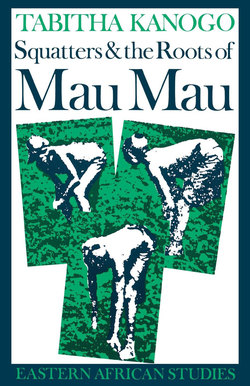Squatters and the Roots of Mau Mau, 1905–1963

Реклама. ООО «ЛитРес», ИНН: 7719571260.
Оглавление
Tabitha Kanogo. Squatters and the Roots of Mau Mau, 1905–1963
Отрывок из книги
Squatters and the Roots of Mau Mau
Swahili Origins: Swahili Culture & the Shungwaya Phenomenon, James de Vere Allen, John Middleton, editors
.....
By the mid-1920s, the Keiyo and Marakwet119 had also found it necessary to resort to squatter labour. As the victims of pre-colonial and colonial factors, they had occupied the eastern rim of the Uasin Ngishu plateau even before 1890. In 1922 they lost 328 square miles of forest land, which was alienated for E.S.M. Grogan Ltd. This was a substantial land loss and, over time, overstocking became a major land problem, leaving the residents no alternative but to sign on as resident labourers on European farms. Living in a marginal area sometimes forced the Keiyo and Marakwet to seek employment on European farms, especially during periods of famine, which were usually brought on by the severe droughts common to the area. Signing on as squatters was thus also a way of obtaining pasture for their livestock.
The pattern of squatting among other ethnic groups was to some extent different from the trend prevalent among the Kikuyu, for whom settlement in the alienated areas was often thought to involve (though was not invariably accompanied by) a complete severing of physical ties with their original homelands.120 While the majority of Kikuyu agricultural labourers were emigrants, those from other ethnic groups were migrants who had their feet in two camps, their places of work and their areas of origin.
.....